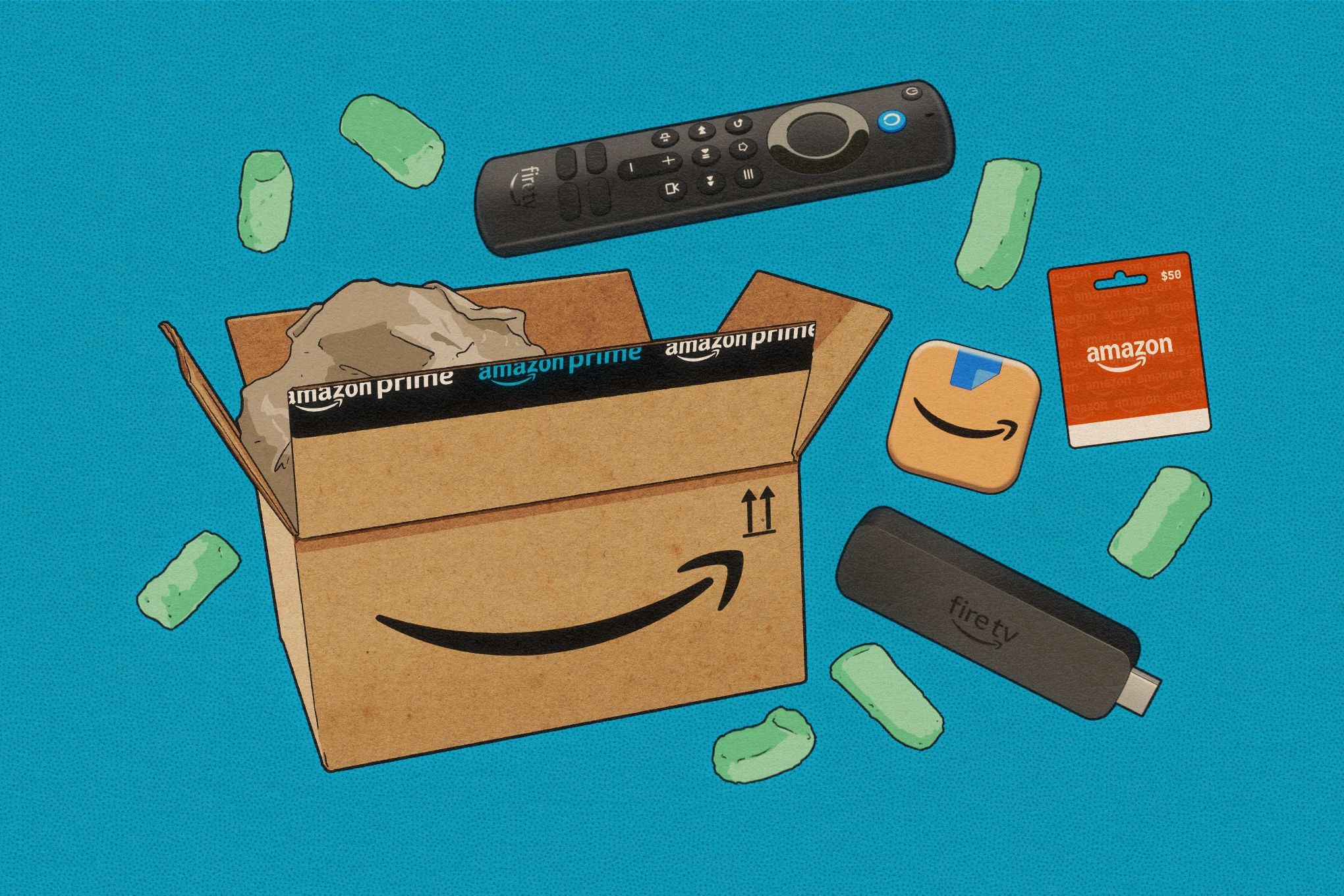Amazon is making its holiday shopping strategy crystal clear: the best Black Friday and Cyber Monday deals dropping November 28th will be locked behind Prime membership. The company's aggressive push to convert shoppers into $139-per-year subscribers comes as streaming wars intensify and Prime Video loses its ad-free status.
Amazon is doubling down on its Prime membership strategy just as the holiday shopping bonanza approaches. The company has made it clear that shoppers wanting access to its deepest Black Friday and Cyber Monday discounts will need to pony up for a Prime subscription - a move that underscores how central the $139-per-year service has become to Amazon's business model.
The timing isn't coincidental. Amazon is facing intensifying competition from streaming rivals while dealing with slowing growth in its core e-commerce business. By gating its best holiday deals behind Prime membership, the company is essentially forcing casual shoppers to make a commitment that extends far beyond a single shopping weekend.
"If you're attracted by the goodies being offered but haven't signed up for Prime, Amazon makes it very easy," the company's messaging suggests - but that ease comes with strings attached. The basic Prime membership now costs $14.99 monthly or $139 annually, representing a steady climb from previous pricing tiers.
What's particularly telling is how Amazon has been padding Prime's value proposition in response to competitive pressure. The service now includes a free GrubHub Plus membership and discounts at BP and Amoco gas stations - clear attempts to justify the subscription cost as inflation-conscious consumers scrutinize recurring charges.
But Amazon's streaming strategy reveals the challenges ahead. Prime Video, once a major selling point as an ad-free Netflix competitor, now shows advertisements by default. Subscribers who want the original ad-free experience must pay extra, marking a significant departure from Prime's original value proposition. This shift comes as Amazon competes with Disney+, HBO Max, and Netflix for viewer attention and advertiser dollars.
The company hasn't abandoned price-sensitive customers entirely. Students and young adults aged 18-24 can still access Prime for $7.49 monthly or $69 annually, while those on government assistance programs like SNAP and Medicaid qualify for Prime Access at $6.99 monthly. These pricing tiers reflect Amazon's recognition that different demographic segments require different approaches.
The family sharing component allows Prime members to extend benefits to one other adult, up to four children, and up to four teens (with a cutoff date of April 7th, 2025). This sharing model helps Amazon cast a wider net while maintaining subscription revenue from primary account holders.
